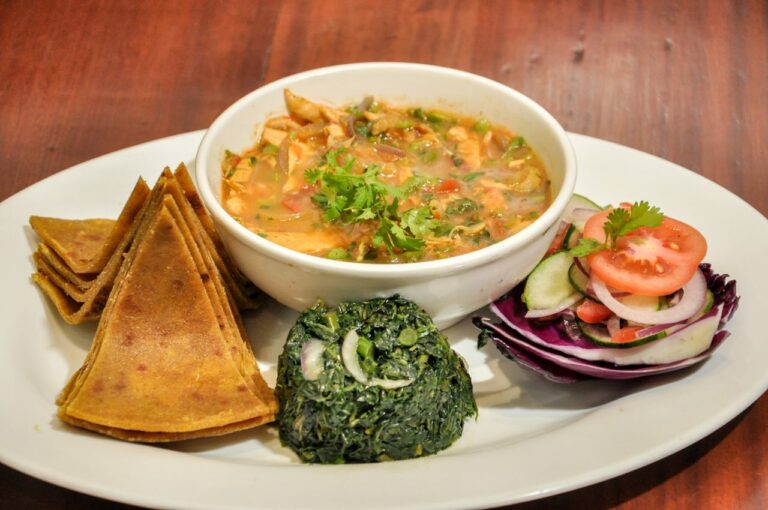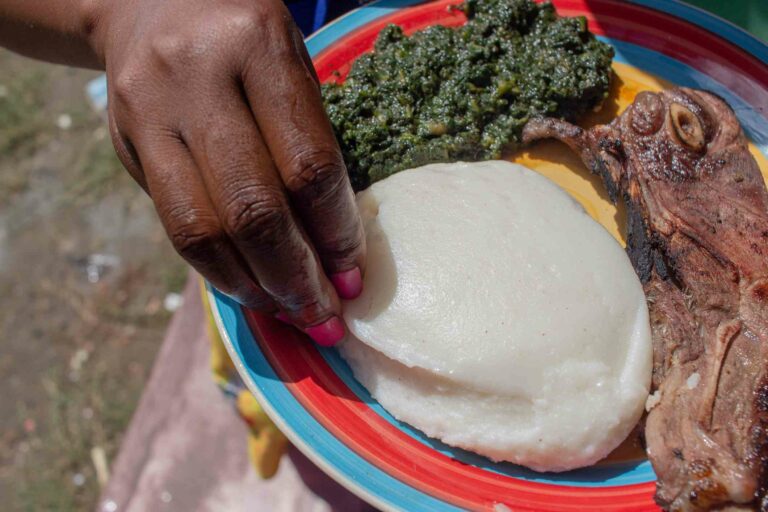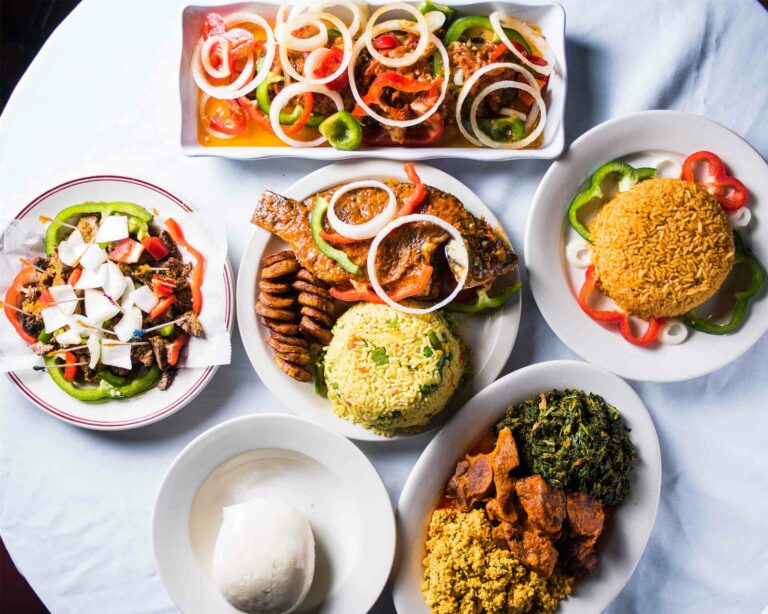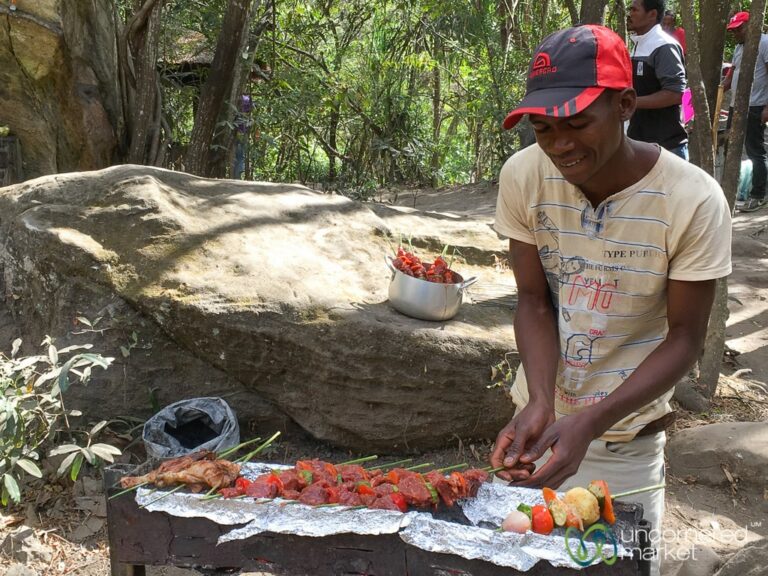Introduction: Kenyan colonial history in cuisine
Kenya’s rich and diverse cuisine is a product of its colonial past and cultural diversity. The country’s history is marked by years of British colonization, which significantly influenced the country’s food culture. Over the years, Kenyan cuisine has evolved to reflect the different cultural influences that have shaped it, resulting in a unique blend of flavors and dishes.
Origins of Kenyan cuisine under colonial rule
During British colonization, Kenya’s food culture was influenced by various factors, including the introduction of new crops and cooking methods. The British brought with them crops such as tea, coffee, and wheat, which were quickly adopted by Kenyans and incorporated into their cuisine. Colonial rule also led to the establishment of large-scale agriculture, with farmers growing crops such as maize, beans, potatoes, and vegetables that became staples in Kenyan cuisine.
The impact of indigenous cuisine on colonial dishes
Despite the introduction of new crops and cooking methods, Kenyans maintained their traditional food culture, which heavily influenced the development of colonial cuisine. Indigenous cuisine, characterized by the use of spices and herbs, played a significant role in shaping colonial dishes’ flavors. African spices such as cardamom, cinnamon, cloves, and cumin were often incorporated into colonial dishes, adding a unique twist to British staples such as roast beef, mashed potatoes, and shepherd’s pie.
The influence of Indian cuisine in Kenyan dishes
Indian cuisine also played a crucial role in the development of Kenyan cuisine during colonial rule. The British brought Indians to Kenya as laborers, and with them came their culinary traditions. Indian spices and flavors, such as turmeric, chili, and curry, were introduced into Kenyan cuisine and quickly became popular. Kenyan dishes, such as samosas, chapatis, and biryanis, were heavily influenced by Indian cuisine.
The effects of British colonization on Kenyan cooking
British colonization significantly affected Kenyan cooking, with colonial dishes becoming popular among the locals. British staples such as roast beef, fish and chips, and shepherd’s pie were adopted into Kenyan cuisine and remain popular to this day. However, the British also introduced their cooking techniques, such as baking and roasting, which led to the development of new dishes such as mandazi, a Kenyan fried bread.
The evolution of Kenyan cuisine after colonialism
After gaining independence, Kenyan cuisine continued to evolve, with new dishes and cooking techniques being introduced. Kenyans embraced their cultural diversity, resulting in a fusion of different cuisines and flavors. Kenyan cuisine today is a mix of traditional African, Indian, and British dishes, resulting in a unique and flavorful cuisine. The use of local ingredients, such as coconut, mangoes, and avocados, has also become popular, adding a distinct Kenyan twist to many dishes.
In conclusion, Kenyan cuisine is a reflection of the country’s rich cultural heritage and colonial past. The different cultural influences that shaped Kenyan cuisine have resulted in a unique blend of flavors and dishes that are enjoyed by both locals and visitors alike. From the traditional African dishes to the British and Indian-influenced cuisine, Kenyan food is a testament to the country’s diverse cultural identity.







